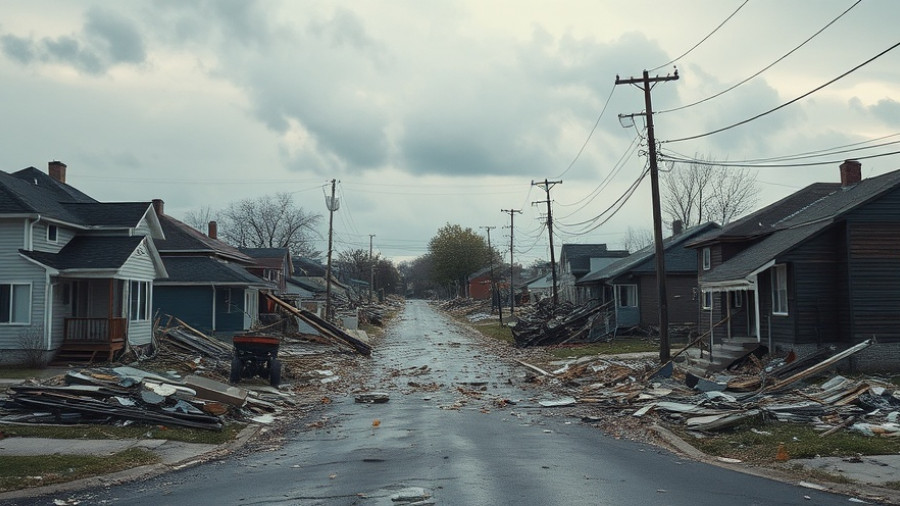
The Legal Domino Effect of Aviation Tragedies
The recent crash of Air India Flight 171 has cast a spotlight on the intricate web of legal, technical, and emotional factors surrounding aviation accidents. As families of victims pursue justice through lawsuits, the focus shifts not only to accountability but also to how such tragedies shape safety regulations and industry practices.
Understanding the Legal Landscape
The lawsuit filed against Boeing and Honeywell by the families of four victims is notable, as it underscores the complexities of legal recourse following an aviation disaster. Legal experts often remind us that while airlines like Air India are typically the first target in litigation—due to their direct connection to passengers—manufacturers often draw attention because they lack the same legal shields. Such dynamics reflect both strategy and a quest for justice in the wake of unexpected tragedies.
The Critical Role of Aviation Safety Regulations
Regulatory bodies such as the U.S. Federal Aviation Administration (FAA) play a pivotal role in shaping safety standards, especially post-accident. The 2018 FAA advisory regarding the inspection of fuel cutoff switches—though not mandatory—serves as a stark reminder of the ongoing discourse between regulation and real-world aviation safety. The Air India crash has raised questions about the diligence of operators in adhering to such non-mandatory recommendations.
Cockpit Design and User Error: A Delicate Balance
Even as family members seek to assign culpability for the crash, the nuances of cockpit design require scrutiny. Aviation safety experts suggest that the likelihood of accidental flips of the fuel cutoff switches, given their location and design, is low. This indicates a potential area for exploration in terms of ergonomic design and its implications on flight safety. Understanding the human factors at play could mitigate risks in future designs, potentially preventing similar accidents.
The Emotional Toll on Families
For the families affected by the tragedy, the lawsuit is not merely a legal proceeding; it is a quest for closure and validation of their loved ones' lives. As they battle lengthy legal processes, it is vital for bystanders to recognize the personal narratives interwoven with the factual details. Each family represents a unique story, filled with dreams cut short, emotions unresolved, and memories that linger.
Future Possibilities: A Call for Enhanced Safety Protocols
The collision of technical fault and human factor in this case could be the catalyst for change. If outcomes like the one experienced by Air India could prompt enhanced inspections of aviation components, we might see a shift towards stricter safety regulations globally. Families might influence industry standards, advocating for measures that could potentially save lives in years to come.
Claiming the Right to Justice Amid Uncertainty
The plaintiffs in the Air India case, many of whom are citizens of India and Britain, point to a broader trend in aircraft accident lawsuits, highlighting the necessity of pursuing action against manufacturers. Given the tendency of the U.S. courts to favor plaintiffs, this lawsuit may serve as a precedent for future cases, influencing how families navigate the difficult waters of aviation accidents.
In conclusion, while the tragic accident may seem distant to many, the intricacies of the case affect not just the immediate families but the entire aviation community and regulatory landscape. Understanding these dynamics is crucial for any vehicle owners dealing with accident-related property damage and those involved in similar lawsuits.
As we wait for justice to unfold in the courtroom, let’s encourage a discussion about the implications these tragedies have in preventing future accidents and supporting grieving families who seek truth and safety in the skies.
To stay informed about ongoing developments in aviation safety and legislation, join our community and empower yourself with knowledge about your rights as an accident victim.
 Add Row
Add Row  Add
Add 




Write A Comment